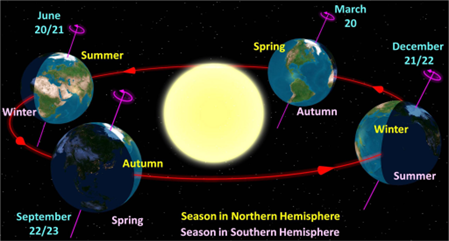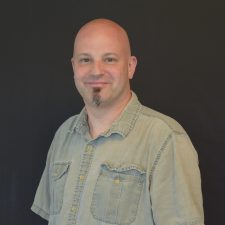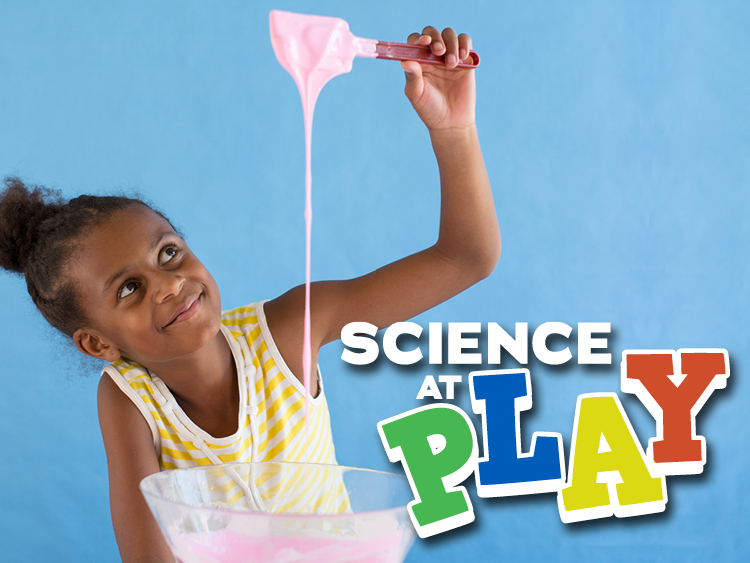Every year here on Earth, we experience two unique days: one with the most daylight and one with the shortest daylight. But why does that happen?
What is the Science?
As you may know, the Earth rotates on its axis, or an imaginary line that goes from the north pole to the south pole. This rotation gives us night and day. It takes 24 hours for the Earth to make one complete rotation.

However, Earth’s axis is not pointed straight up and down, but is tilted at 23.5 degrees, as shown above. This means that depending where Earth is in it’s orbit around our sun, the axis may be pointed toward the sun (in June), or away from our sun (in December). Because of this, the sun’s rays may be shining more directly toward us here in the northern hemisphere, or less directly. Because of this tilt, the sun will appear higher in the sky in the summer months, and lower in the sky in the winter months.

Ask Your Young Scientists
- If we have summer in the northern hemisphere because the axis is tilted toward the sun, what season do you think the southern hemisphere is in?
- Use the diagram above. In March and September, the Earth’ saxis is not tilted toward or away from the sun. How do you think that affects the amount of daylight the Earth gets?
More to Explore
Or:
https://sepuplhs.org/middle/iaes/students/simulations/sepup_seasons5.html:
Explore how the tilt of the Earth affects the seasons.
There is so much more to explore! For more fun science activities you can try at home, visit CTScienceCenter.org/blog.

Nick Villagra is a STEM Educator at the Connecticut Science Center, responsible for developing and delivering science experiences, including classroom lab programs, stage shows, and vacation camps. Nick holds a Bachelor of Science in Engineering from Swarthmore College. and has been a speaker at the New England Museum Association conference. Always looking to put a unique stamp on the Science Center’s offerings, Nick enjoys incorporating custom-designed 3D printed materials for students to interact with.

Andrew Fotta is a STEM educator at the Connecticut Science Center. He has currently holds a CT teaching certification for grades K-6, and has spent time in the classroom in nearly all grades, and taught middle school science. In addition to teaching classes for the Science Center, Andrew is also part of a team of educators currently creating new programs aligned with the new Next Generation Science Standards for grades PreK-9. Andrew is an avid photographer, who enjoys blending science and art in his work.



